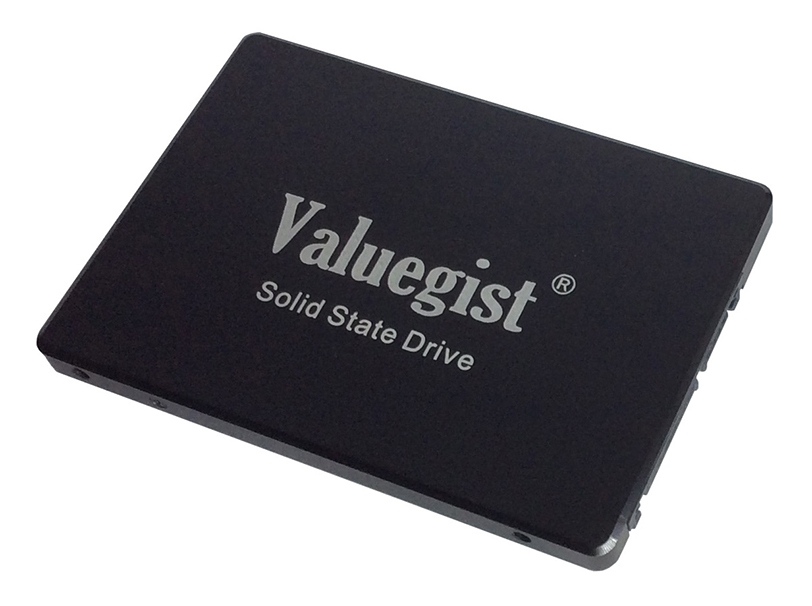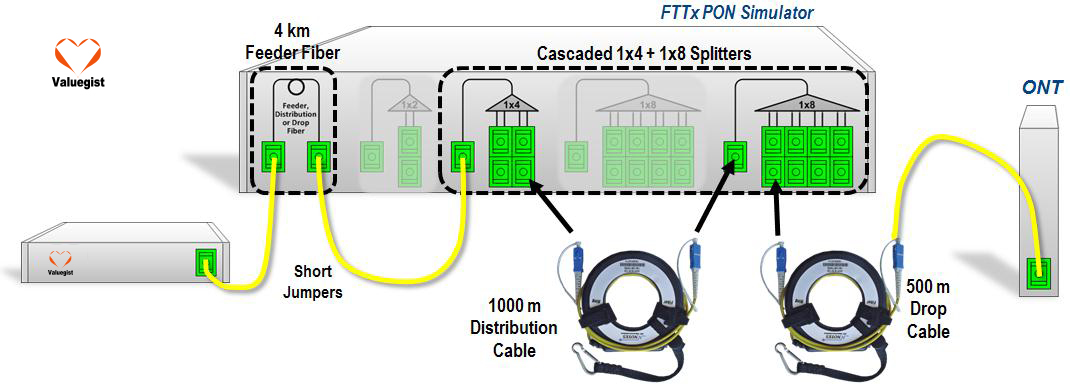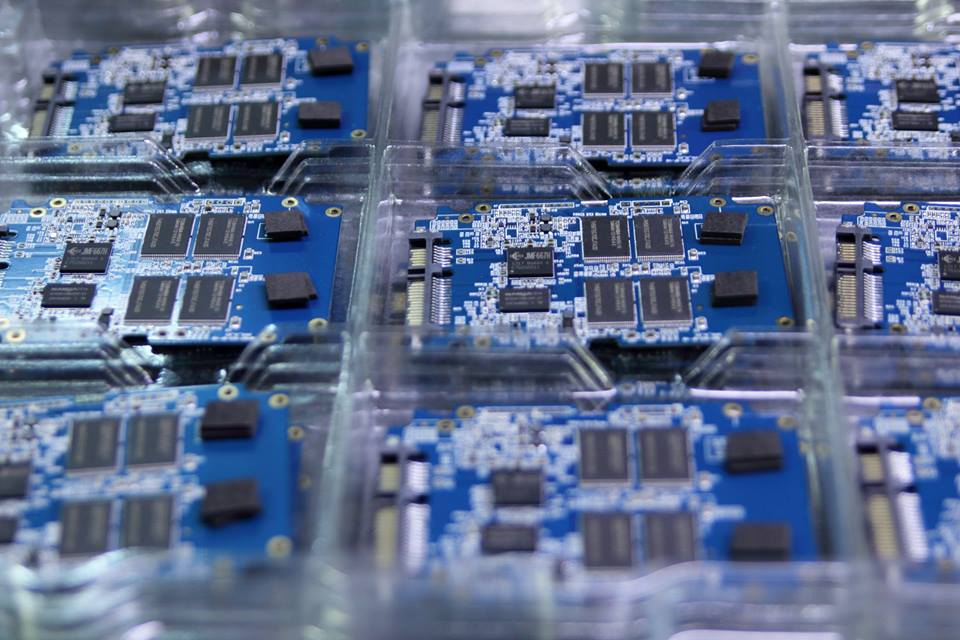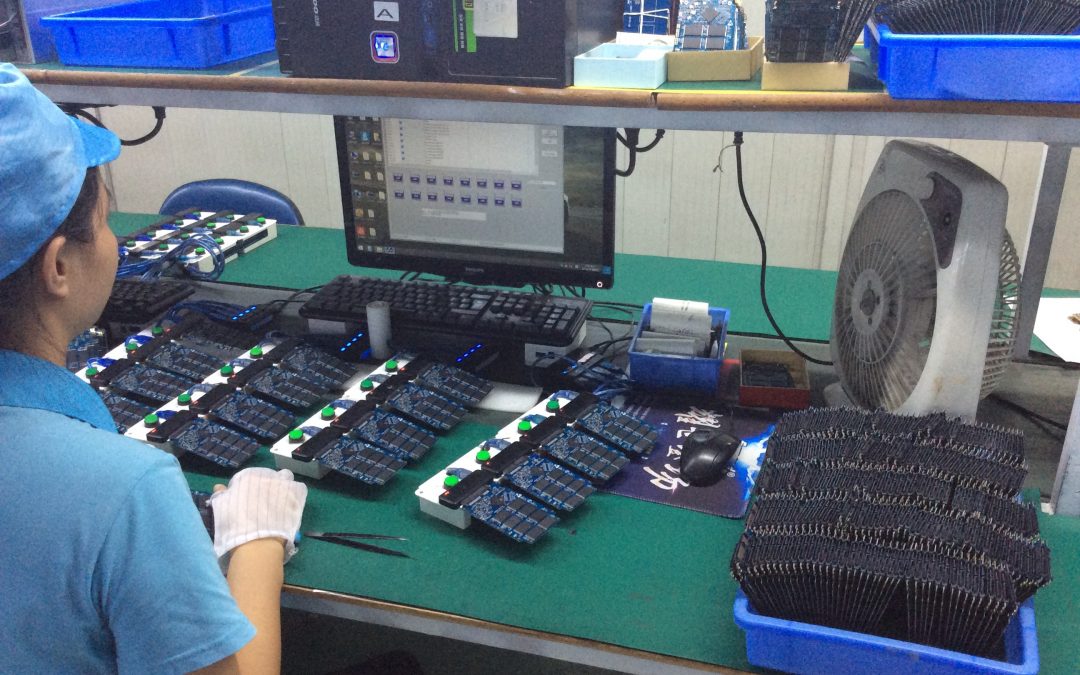
Apr 7, 2018 | Blog
A solid-state drive (SSD), or solid-state disk[1][2][3] is a solid-state storage device that uses integrated circuitassemblies as memory to store data persistently. SSD technology primarily uses electronic interfaces compatible with traditional block input/output (I/O) hard disk drives (HDDs), which permit simple replacements in common applications.[4] New I/O interfaces like SATA Express and M.2 have been designed to address specific requirements of the SSD technology. SSDs have no moving mechanical components. This distinguishes them from traditional electromechanical drives such as hard disk drives (HDDs) or floppy disks, which contain spinning disks and movable read/write heads.[5] Compared with electromechanical drives, SSDs are typically more resistant to physical shock, run silently, have quicker access time and lower latency.[6] However, while the price of SSDs has continued to decline over time SSDs are (as of 2018) still more expensive per unit of storage than HDDs and are expected to continue so into the next decade. As of 2017, most SSDs use 3D TLC NAND-based flash memory, which is a type of non-volatile memory that retains data when power is lost. For applications requiring fast access but not necessarily data persistence after power loss, SSDs may be constructed from random-access memory (RAM). Such devices may employ batteries as integrated power sources to retain data for a certain amount of time after external power is lost.[4] However, all SSDs still store data in electrical charges, which slowly leak over time if left without power. This causes worn out drives (that have exceeded their endurance rating) to start losing data typically after one (if stored at 30°C) to two (at 25°C) years in storage; for new drives it takes longer[7]. Therefore, SSDs are not suited for archival purposes. Hybrid drives or solid-state hybrid drives (SSHDs) combine the features of SSDs and HDDs in the same unit, containing a large hard disk drive and an SSD cache...

Oct 9, 2017 | Blog
Self-developed OS router system, operating platform, intelligent enterprise management platform of three core products。 Advantages of this product: 1)300 node, 51 oversea operater center。 3)Fast, efficient, stable access web pages, web go domestic green domestic and foreign international website go...

Oct 9, 2017 | Blog
Intelligent adjustable routers, enterprise network security access service Easy-to-use for Windows, Mac, iOS, Android, and Linux Setup is easy, whether you’re using a computer, tablet, or smartphone. Our user-friendly router let you secure your connection and unblock websites in one click. Ultra secure and ultra fast Our network is SSL secured with 256-bit encryption, and we’re constantly optimizing our network to provide unlimited bandwidth and speed, without...

Oct 9, 2017 | Blog
The 1U height can be easy installed and maintained to save space. It adopts the industrial advanced technology, with powerful Ethernet services and QoS feature, supporting SLA and DBA. The splitting ratio up to 1:128, supporting different types of ONU in different networks, minimizing operators’ investments. Splitter is installed in the fiber distribution box (indoor type or outdoor type); If MDU (Multi Dwelling Unit) is distracted from each other and there is not enough fiber resource, second level and multilevel splitter is supported. ...

Sep 26, 2016 | Blog
SSD (Solid State Driver) Hardware Test is one of the more fun aspects of hardware lifecycles. Testing and validation methodologies will vary on a company-by-company basis, but the core principles are the same, Valuegist SSD Test before it release is much more that it: – Methodology: Test Engineers and Product Managers (the titles are variable) develop use case scenarios — defining the likely utilizations of the device, then rank them by how likely they are to occur in the field. More common uses (like everyday uses) will be tested most heavily, while obscure ones will often be explored only if a customer requires the feature/use case. – Procedure: After use-case scenarios are developed, test cases get written (often by non-testing engineers, so as to eliminate bias from testers and developers) to reflect these use cases. Test cases are laid-out in a step-by-step manner to guide the technician through what would (theoretically) occur in the field. Many companies have adopted automated testing, the complexity of which will vary based upon the task that must be accomplished: Where I worked, XML scripts were used to initiate tens of thousands of S3/S4 power cycles, then log the results to files. Both LSI’s Flash Components Division and Kingston mentioned that they heavily utilize automated testing, for instance: LSI conducts nightly automated testing to test interim code revisions; the results are shared with the developers each following morning, who then begin work on resolutions. However, some elements require technicians to manually initialize or observe; when testing laptops, for instance, it was impossible for my team to automatically log LCD failures — we needed human eyes...

Sep 23, 2016 | Blog
This week we headed down to the Valugist Technology headquarters in Guangdong China which is located about 30 minutes south of Guangzhou City on the high speed rail. It is based in the impressive Xian University Science Park. It is home to other massive tech companies including TSMC and Lite-on as well as many more. It’s been a while since I had made the journey down south from Guangzhou and the park has either grown massively or it’s much bigger than I remember from my earlier visits many years ago. Here the photos ~ And I’ve done quite a few factory tours over the years in Guangzhou and China and I’ve got to say that Valuegist’s factory was one of the cleanest and most comfortable that I’ve visited so far. They even had air conditioning! It’s interesting to consider things like this at the moment with a lot of pressure being applied to other companies such as Foxconn (Apple) who have issues with workplace quality...







